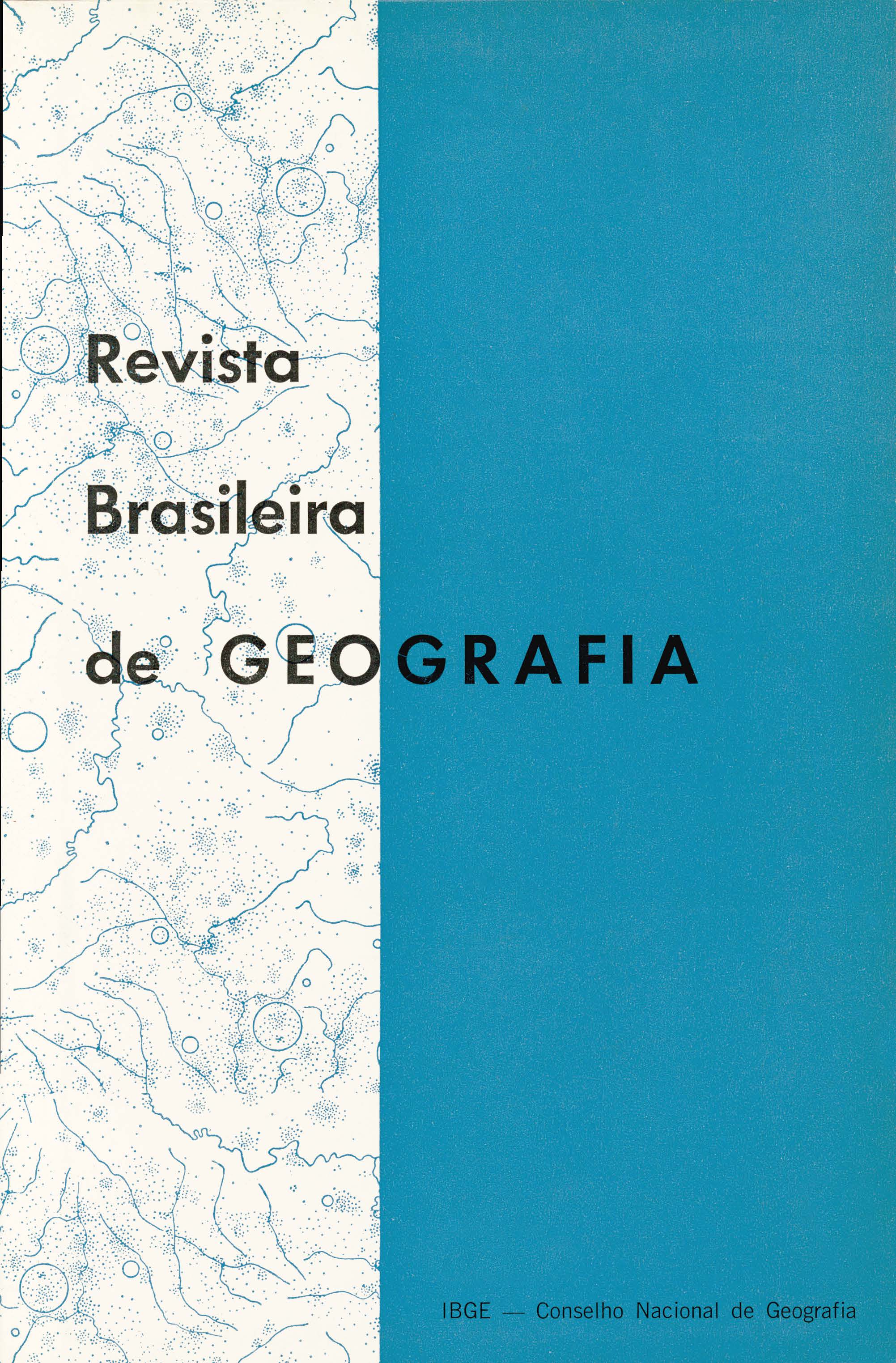Escalas de urbanização : uma perspectiva geográfica do sistema urbano brasileiro
Palavras-chave:
Urbanização, Geografia urbanaResumo
This paper tries to present the Brazilian urban system through a geographical perspective. Based on theories where the space is viewed as an expression of the social process and as a result of an historical elaboration, it intends to adopt a critical position in relation to the macroeconomic approach and to the theories generally used in geographical studies.
This paper, however, must be seen just as a proposal, since this theoretical development has not yet been carried out.
Supported by some baste ideas, it considers the Brazilian urban system as a whole. It deals, in the first place, with the complexity of the Brazilian urban system, which results from superposition and interpenetration of spatial structures created in different historical phases of the country. This complexity involves the immersion of an economy of Industrial capitalist basis which gave rise to an intense urbanization, leading to a new elaboration of spatial structures by means of new forms that correspond to new social processes.
The considerable enlargement of the urban basis of the system is caused chiefly by the concentration, which is represented by metropolitan agglomerations and by the increasing number of big cities, and is more observed in the Southeast region, in detriment of other regions. The national dimension of the new spatial structure is based on the net of interactions developed by the Industrial economy, whose focus of irradiation is the São Paulo-Rio axis. Consequently, the process of urbanization in Brazil is related to the industrial economy, which comprises a series of dimensions and sub-dimensions called Scales of Urbanization. These scales are used as different dimensions of a same process of urbanization, assuming that the urbanization, by its turn, is one of the dimensions of the global process of development.
The synchronism of the system and the coexistence of different forros of the "urban" in the country are implicit in this approach, which emphasizes not only the relative position of the towns in the system, but also the function that they perform in the different forms of organization of the production.
The main Scales of Urbanization (Metropolization, Tangency to the Metropolization, Regional Functions, and Frontier of Resources) are interpreted by means of indicators such as size, urban growth, income, and position in the industrial activity.
The Scale of Metropolization comprehends the various kinds of metropolitan areas and many of the urban agglomerations; that of tangency encloses centers in an intermediate situation, that tend toward the integration in metropolitan structures and at the same time maintain their traditional regional functions; that of the Regional Functions involves centers that are characterized as central localities, because of their dominantly mercantile structure; and that of the Frontier of Resources comprises Macapá and centers smaller than the limits fixed to the present interpretation. These centers provide a great support to the internalization of the country, which is stimulated by the demand for raw material and foodstuff.
Finally, it asserts that the Scales of Urbanization put into evidence an urban system subjected to very quick changes, which are evaluated by the rhythm of growth, by the eager social inequalities, and by the territorial distribution of the centers. These scales can also contribute to the urban policy, for they suggest distinct strategies to the different forms of the "urban" In the country. Under this perspective, the Scales of Urbanization raise problems of desconcentration and decentralization of activities.






